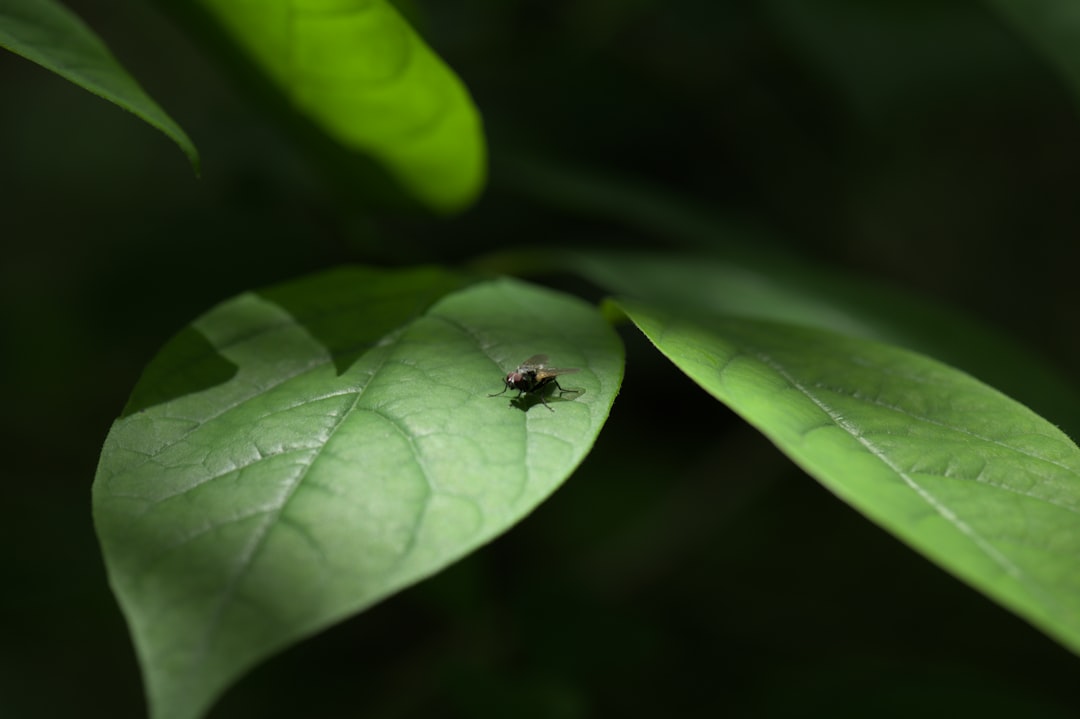Unveiling the Secrets of Winter Shrub Protection

In the world of gardening, trees, shrubs, and vines play a crucial role in creating a beautiful and vibrant landscape. Among them, shrubs are not only aesthetically pleasing but also contribute to the ecological balance of our environment. However, the harsh winter months can pose significant threats to these precious plants, from the biting cold and heavy snow to the foraging of hungry critters. In this article, we will explore some effective tips on how to protect shrubs from winter damage, ensuring their health and vitality come spring.
### Understanding the Threats
Before we delve into the protective measures, it's essential to understand the various threats that shrubs face during winter. Harsh weather conditions, such as freezing temperatures, strong winds, and heavy snowfall, can cause physical damage to the branches and roots of shrubs. Cold temperatures can lead to the formation of ice crystals within the plant cells, which can rupture the cell walls and cause irreversible damage. Strong winds can break branches and uproot shrubs, especially those that are not well - anchored. Heavy snow can also weigh down the branches, causing them to bend or break.
Another significant threat comes from hungry critters. During the winter, food sources for animals become scarce, and they may turn to shrubs for sustenance. Deer, rabbits, and rodents are known to nibble on the bark, buds, and twigs of shrubs, which can weaken the plants and make them more susceptible to diseases and pests.
### Pre - Winter Preparation
One of the first steps in protecting shrubs from winter damage is proper pre - winter preparation. This should start in the late fall. First, make sure to water your shrubs thoroughly before the ground freezes. Adequate moisture in the soil helps the shrubs withstand the dry winter air and reduces the risk of desiccation. However, be careful not to over - water, as waterlogged soil can also cause problems.
Next, apply a layer of mulch around the base of the shrubs. Mulch acts as an insulator, protecting the roots from extreme cold temperatures. It also helps to retain moisture in the soil and suppresses weed growth. Organic mulches, such as shredded leaves, bark chips, or straw, are excellent choices. Spread a layer of mulch about 2 - 4 inches thick, making sure to keep it a few inches away from the trunk of the shrub to prevent rot.
### Physical Protection
Physical barriers can be very effective in protecting shrubs from both weather and critters. For shrubs that are prone to snow damage, you can use stakes and burlap to create a protective cage. Drive stakes into the ground around the shrub and wrap burlap around the stakes. This not only shields the shrub from heavy snow but also reduces the impact of strong winds.
To deter hungry critters, you can install fencing around your shrubs. A wire mesh fence that is at least 3 - 4 feet high can keep deer away. For smaller animals like rabbits and rodents, a lower fence or a physical barrier made of hardware cloth can be effective. Make sure the fence is buried a few inches into the ground to prevent animals from burrowing underneath.
### Pruning and Trimming
Proper pruning and trimming are essential for the health of shrubs, especially during the winter. Before the first frost, remove any dead, diseased, or damaged branches. This not only improves the appearance of the shrub but also reduces the risk of pests and diseases. However, avoid heavy pruning in the fall, as it can stimulate new growth, which is more vulnerable to cold damage.
### Monitoring and Maintenance
Even with all the protective measures in place, it's important to monitor your shrubs throughout the winter. Check for signs of damage regularly, such as broken branches, discolored leaves, or signs of animal activity. If you notice any problems, take immediate action. For example, if a branch is broken, prune it carefully to prevent further damage. If you see signs of animal damage, reinforce your physical barriers or use repellents.
In conclusion, protecting shrubs from winter damage requires a combination of pre - winter preparation, physical protection, proper pruning, and vigilant monitoring. By following these tips, you can ensure that your shrubs survive the winter months unscathed and emerge healthy and beautiful in the spring. So, roll up your sleeves and give your shrubs the care they deserve this winter!